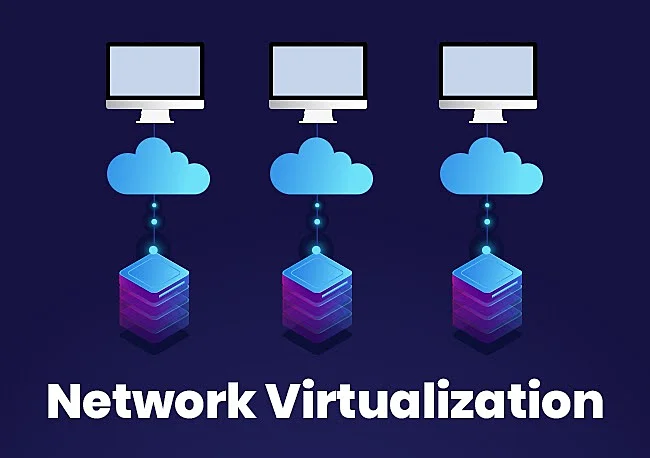Introduction to Cloud Computing: How Servers will Work / Fundamentals of Cloud Computing
 Pinnapareddigari Lasya priya
Pinnapareddigari Lasya priya
Hello, I am starting my Devops journey and will be documenting my learning process. Beginning with Basic concepts, we will explore various aspects of Devops together.
If you’re wondering what Devops is, you’re in the right place. Let’s dive in together.
What is Cloud Computing?
Cloud computing is the delivery of computing services over the internet, or "the cloud". It allows users to access computing resources on demand, such as storage, servers, databases, networking, software, and analytics.
Servers:
Servers are connected through switches, wires and routers , and that environment is know as Data Center that is a collection of servers are nothing but one Data Center. Across the world ,number of data centers are available. In our India there are two data centers are available and in other countries many more.
server, network computer, computer program, or device that processes requests from a client. On the World Wide Web, for example, a Web server is a computer that uses the HTTP protocol to send Web pages to a client's computer when the client requests them.

Cloud Deployment Models
There are Three types of Deployment models-

1.Private Deployment model: Private Cloud lets you use the infrastructure and resources for a single organization. Users and organizations do not share resources with other users. That is why it is also called as Internal or corporate model. Private clouds are more costly than public clouds due to their costly maintenance.
2.Public Deployment model: As the name indicates, the public cloud is available for the general public who want to use computing resources such as software and hardware over the internet. It is a good choice for companies and organizations with low-security concerns. There is no need to manage these resources as cloud computing providers configure and manage these services. Generally, public clouds are used for application development and testing.
3.Hybrid Deployment model: The Hybrid Cloud is a combination of both public and private clouds. Very few companies and organizations can migrate their tech stack to cloud computing rapidly in one go. Hence, Cloud vendors came up with a hybrid cloud that offers a smooth transition with public and private cloud facilities. They keep the sensitive data in the private cloud and non-sensitive data in the public cloud.
Virtualization:
Hypervisor is a software to implement Virtualization.
Virtualization is nothing but the process of splitting a particular server into number of Logical servers that are know as Virtual Machines.It is one of the main cost-effective, hardware-reducing, and energy-saving techniques used by cloud providers. Virtualization allows sharing of a single physical instance of a resource or an application among multiple customers and organizations at one time.

Regions / Availability Zones:
A region is a geographical location that includes multiple AZs. Cloud providers typically have two or more AZs within each region. Every region is isolated and independent from other regions. While one region may have multiple AZs, no AZs are shared among different regions.
Availability zones have independent power, cooling, and networking infrastructure. They're designed so that if one zone experiences an outage, then regional services, capacity, and high availability are supported by the remaining zones.

Subscribe to my newsletter
Read articles from Pinnapareddigari Lasya priya directly inside your inbox. Subscribe to the newsletter, and don't miss out.
Written by
